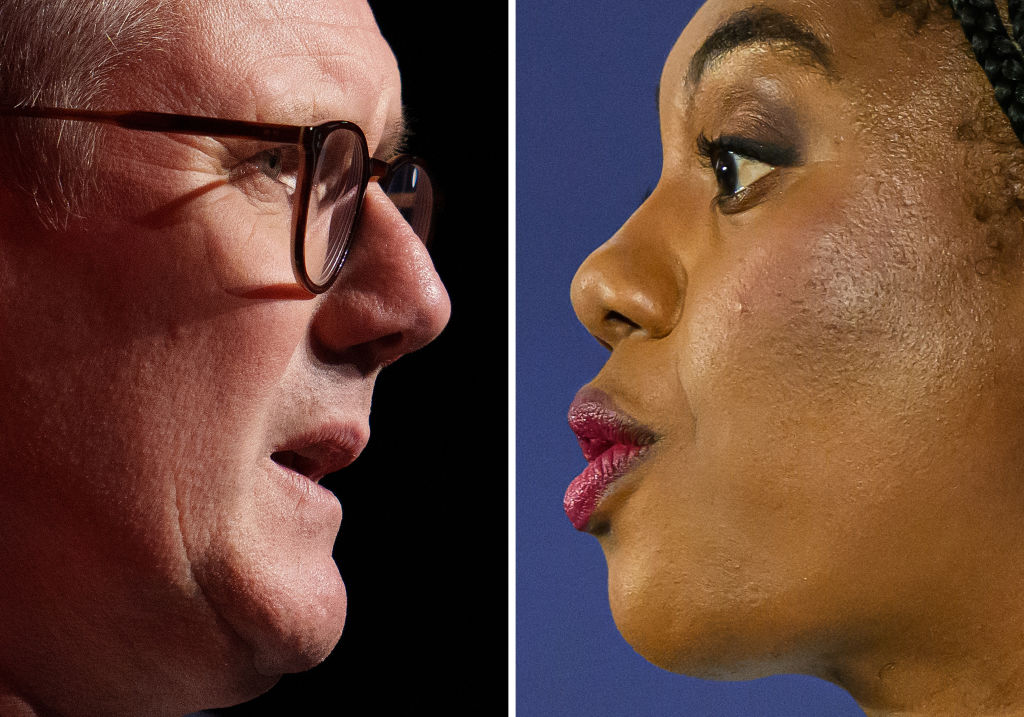Britain’s two-party system is bursting at the seams. At least, that’s the takeaway from More in Common which, just like those families who put their Christmas decorations up in October, has released the first MRP of this parliament. It shows Labour on 228 seats — down 183 from the general election — the Conservatives on 222, and Reform UK becoming the third-largest party on 72. The Liberal Democrats would take 58 seats, and the SNP 37. Across the country, 271 constituencies would be won with under a third of the vote.
There are many methods political scientists have to measure the number of parties in a country’s political system, but the more numerically-minded ones have opted for the “effective number of parties” (ENP) indices. As a result of Britain’s first-past-the-post system, the ENP in terms of seats in the House of Commons has never risen above 2.6 since 1945, whereas the effective number of parties in the electorate — i.e. how people actually cast their votes — trended upwards from 2.13 in 1951 to 3.93 in 2015.
This year’s general election was the most egregious example of the effect of the country’s voting system: the ENP in the House of Commons was 2.2, whereas the ENP in the electorate was 4.8 — hence the statement that 2024 was the UK’s most disproportionate election outcome ever.
The fact that electoral systems using first-past-the-post tend towards a two-party system is typically known as Duverger’s law, and has long held in the UK — but now it seems we have reached breaking point. More in Common’s MRP suggests the ENP in the electorate is now 5, and would result in an ENP in the House of Commons of 3.6. If the age of two-party politics has long been dead among the general public, the House of Commons is about to catch up.
Even if we assume some tactical voting takes place, there are only around 18 seats won by the Tories and Reform where the vote for Left-wing parties is greater than for Right-wing parties, and 38 seats won by Left-wing parties where the vote for Right-wing parties is greater. Even if these specifics change, the contours of electoral competition remain fixed.
This will have serious consequences for government formation. After taking the Speaker and Sinn Féin into account, a government typically needs around 320 seats for a working majority. There is no way for the Conservatives and Reform to achieve this: according to the new MRP, they would be on a combined total of 294 seats so even with unionist Northern Irish MPs they would not reach a majority. On the Left, we would need to see a Labour, Liberal Democrat and SNP coalition, which seems very unlikely considering that the Scottish Nationalists and Labour are competing to be the main party north of the border.
Of course, one alternative is a grand coalition between the two main parties — perhaps most famously seen in Germany, which is far from a bastion of political stability at the moment. A coalition between the Conservatives and Labour would produce a government with 450 seats, but since the most common reason people gave for voting for either party was to keep out the other, such an outcome can essentially be discounted.
There is a reason both the Conservatives and Labour oppose proportional representation: they know it has kept them protected from the true will of the people and maintained their crumbling duopoly in the Commons. But this MRP should serve as a wake-up call to both parties. First-past-the-post can only hold back for so long the type of multi-party politics the electorate clearly wants. Unless either of the two primary parties listens to the voters and offers the change the country desperately wants, the dam will surely burst — and their dominant position will be swept away.











Join the discussion
Join like minded readers that support our journalism by becoming a paid subscriber
To join the discussion in the comments, become a paid subscriber.
Join like minded readers that support our journalism, read unlimited articles and enjoy other subscriber-only benefits.
Subscribe